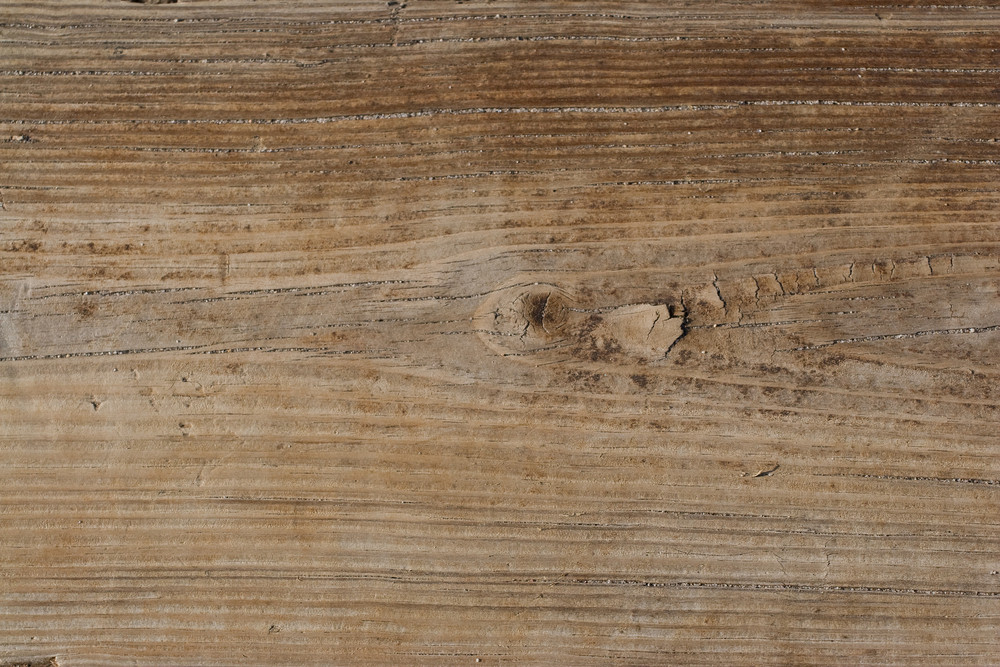6 Ways to Prevent Damage to Your Wooden Pallets

The pandemic continues to spur a radical shift from brick-and-mortar retail to e-commerce. Online retailers saw sales increase by 14.8% between February and April 2020 as compared to a similar period the previous year. The surge spills over to the pallet industry as companies strive to meet the increased demand in shipping.
Your business needs to prevent pallet damage even with the increasing demand for speedy shipping. The most common culprit behind pallet damage is forklifts within your warehouse. Here are six tips to prevent damage to your new wood pallets.
- Take Time
Forklift operators are often in a hurry, especially during peak seasons. However, they may end up damaging the wood pallets when rushing through their daily tasks. It would be better for your company’s forklift operators to pay attention while raising and lowering the pallets in the warehouse or loading them on trucks. The additional few minutes can save you from heading to the pallet supplier for another batch due to avoidable damage.
- Ensure Proper Spacing of Forklift Tines
Forklift tines are the main culprits of wood pallet damage. Improper spacing can cause the tines to scrape the sides of the wood pallet, weakening the fasteners. Besides, poor spacing results in uneven weight distribution that can cause your pallets to crack. Your warehouse team will need to ensure that the tines are evenly fitting on the pallet without making direct contact until the lifting systems are engaged.
- Use the Correct Pallet Sizes
Every industry has specific standards for the right pallet size to use during the shipping of certain products. You need to ensure that your product fits correctly on the pallets without any overhang. Overloaded pallets are prone to twisting, splintering, and bending. You will need to assess the pallet’s maximum load capacity and dimensions to ensure an even weight distribution. You also need to be conscious of how you stack loaded pallets. Ideally, the heavier ones should always remain at the bottom of the stack.
- Be Sure to Clear the Pallets Before Exiting
There are potential risks of damaging your pallets as the tines exit, just as when the forklift enters. Your forklift operator can damage the stringers through a mistimed early exit from the pallet. Stringer damage results in weaker deck boards that can easily cave in. Your staff will need to ensure a proper exit before swinging off to the next pick.
- Avoid Short Forking
Another common issue that leads to pallet damage is short forking. Forklift operators that lift pallets without the tines being fully underneath risk cracking the pine pallets into two. Short-forking results in unnecessary weight load and stress on the deck boards. It may also cause the products to slip while moving them. Your operators need to ensure that the forklift pines are fully inserted before lifting.
- Properly Stack Your Pallets During Storage
You might need to stack your pallets within your warehouses after delivery. The pallets should be centered, even, and squared up when piling them. Proper stacking is essential in ensuring proper weight distribution and reducing the risk of the pallets falling over.
Pallet damage is a huge concern for most shippers. The six tips above can help prevent damage to your pallets while handling them with a forklift. To source new wood and recycled wood pallets for sale, reach out to Premier Pallets. They can design a pallet that meets your needs while staying within your budget.
